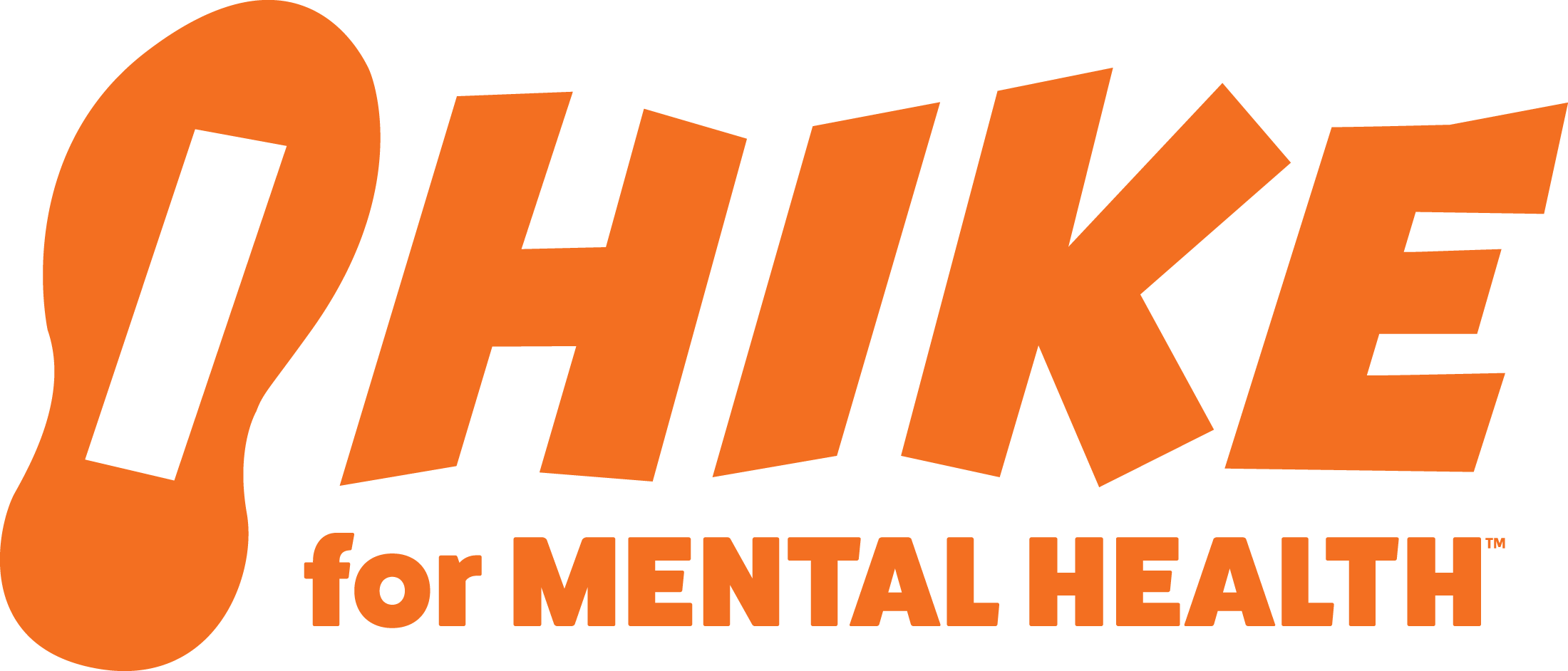Hiking, research, and results
All of us who read this blog know that hiking plays a key role in maintaining our mental health. One of the great things about hiking for Hike for Mental Health (HFMH) is that we can support others’ mental health through the money we raise for the Brain and Behavior Research Foundation (BBRF). I recently came across two posts on BBRF’s blog that show how its work is positively affecting mental wellness. Both deal with innovative treatments for depression and bipolar disorder (manic depression). (You can find these posts here and here.)
Depression and manic depression
In order to understand the significance of this work, let’s take a brief dive into the nature of bipolar disorder. According to the National Institute for Mental Health (NIMH) about 2.8% of the population suffer from bipolar disorder. That may not seem like a lot, but if you attend a church service with at least 100 people in attendance, then on average 3 of them are bipolar. Bipolar disorder is characterized by severe mood swings between depressed states and ‘manic’ states during which behavior becomes highly energetic but also erratic and even delusional. The intensity and duration of these states varies between individuals. Bipolar disorder can lead to disruption in basic life functions such as holding a job. Sadly, it is also a contributing factor in some suicides. Depression is a better understood condition. In 2021, about 8% of the United States population experienced a major depressive episode. Like bipolar disorder, depression can have devastating life consequences. Also like bipolar depression, it can be highly resistant to a traditional regime of psychotherapy and medication. That’s where some of the recent work of BBRF supported researchers comes in.
The treatments
In 2022, the FDA approved marketing of the SAINT treatment for major depression. Stanford professor Dr. Nolan Williams, a BBRF-supported scientist, developed the treatment. ‘SAINT’ is short for ‘Stanford accelerated intelligent neuromodulated therapy’. In a 2024 article in JAMA Psychiatry, a team led by BBRF-funded researcher Yvette Sheline, MD of the University of Pennsylvania announced the promising results of a small clinical trial of aiTBS, a related treatment of bipolar disorder. Both treatments use electromagnetic pulses to stimulate areas of the brain believed to play a role in these ailments. It is believed that this stimulation leads to changes in the brain structure which result in reduced symptoms. (Note, this may sound like electroconvulsive therapy, but it isn’t; in particular anesthesia is not required. In any case, I’d rather not go down the rabbit hole of the effectiveness of ECT and the accuracy of its portrayal by Hollywood.) Although further trials are planned for aiTBS, both treatments show strong promise to alleviate symptoms in those for whom medication and therapy have been ineffective.
Back to the hiking
I hope everyone reading this post is, like me, dreaming about their next big hike and campaign for HFMH. I hope this and similar posts on this blog will give you material to use when reaching out to friends and relatives for donations; in particular, how these funds can make a difference in the lives of others and may even help save a few.
